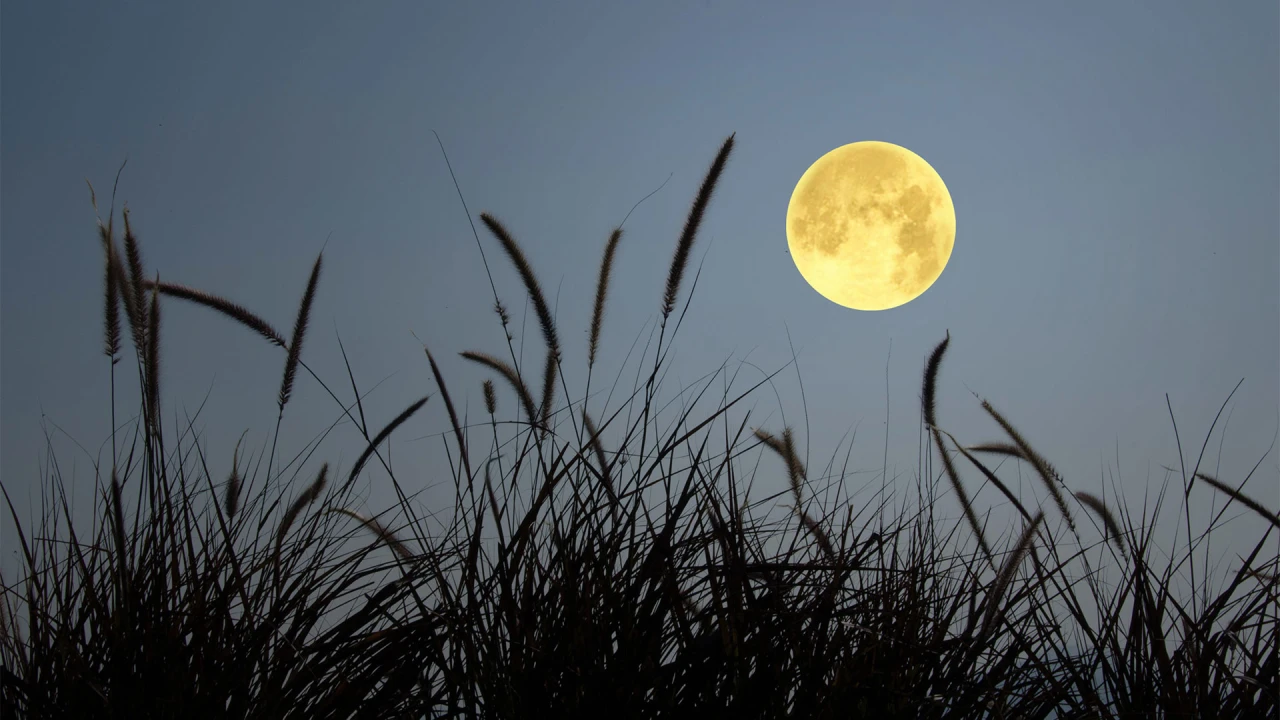Why I Always Roast My Rhubarb
Giving rhubarb little special treatment will make your pies and cakes even better.

While apples and broccoli have become basic—constantly on the grocery store shelves year-round—rhubarb is a vegetable unicorn. It only appears for a very short and magical window. I'll spot it in the market for maybe a month and before I know it, I’ve missed it. That’s why I buy bundles of it when I do happen to catch it, and I get right to work. Not cooking it down in a pot with a cup of sugar, no: My favorite way to prepare rhubarb for pies and cakes is roasting.
Roasting keeps things from getting soggy
My first time working with rhubarb was right out of culinary school, making dozens of miniature strawberry and rhubarb tarts. It was actually my first time eating it too. We would roast the rhubarb together with strawberries to make these tarts; the filling tasted like nature’s sour candy. I was hooked on the stuff and I assumed all rhubarb desserts would have the same bright pink shade and puckering bite as those tarts. This was not the case.
I’ve eaten some soggy rhubarb cakes and mushy pies since then, and I’ve wondered why rhubarb could be giving everyone so much trouble. Upon talking to a friend recently, I realized that a lot of folks are cooking their precious spring crop in pots, essentially making compotes or jams, and then adding them to cakes and pies. While still delicious, cooking rhubarb this way leads to color loss (muted pinks and browns) and, because it doesn’t have much natural pectin, it turns a bit gloopy. But you can avoid that fate with a simple, and relatively quick, roast in the oven.
How to roast rhubarb
There are a few different ways to do it depending on your preference.
Open roasting
My favorite way, and the same way we did it in the bakery, is to chop up rhubarb into half-inch to full inch chunks, and add them to a bowl with cut strawberries. Add a couple tablespoons of sugar and toss it all together. (You can do this without the berries too.) Pour this mixture straight onto a baking pan and spread it out into a single layer. Bake this for 20 to 25 minutes at 350°F, or until the strawberries and rhubarb have little puddles of juice around them and slightly browned edges. Allow them to cool completely before scraping them off.

Covered roasting
Toss chopped rhubarb with sugar again, but this time, pour it all into a casserole dish or another type of deep baking dish. Cover the top with foil and bake for 20 minutes at 350°F. Allow the dish to cool with the foil in place.

I prefer the open roasting method because this allows some of the moisture to escape, and so the flavors become more concentrated. The lack of moisture also allows the bright pink color to stay true, and even deepen, rather than leech away into the moisture. Personally, I think the biggest boon of this method is that the chunks of rhubarb do not turn to absolute slush. The plant cooks and softens within but also dries out slightly on the edges, creating a bit of support. You can toss the bits into a pie or cake batter and still discern the pieces on the other side.
Whether or not you decide to roast, rhubarb is in season right now, so make the most of this festive plant while you can.




























































































































































